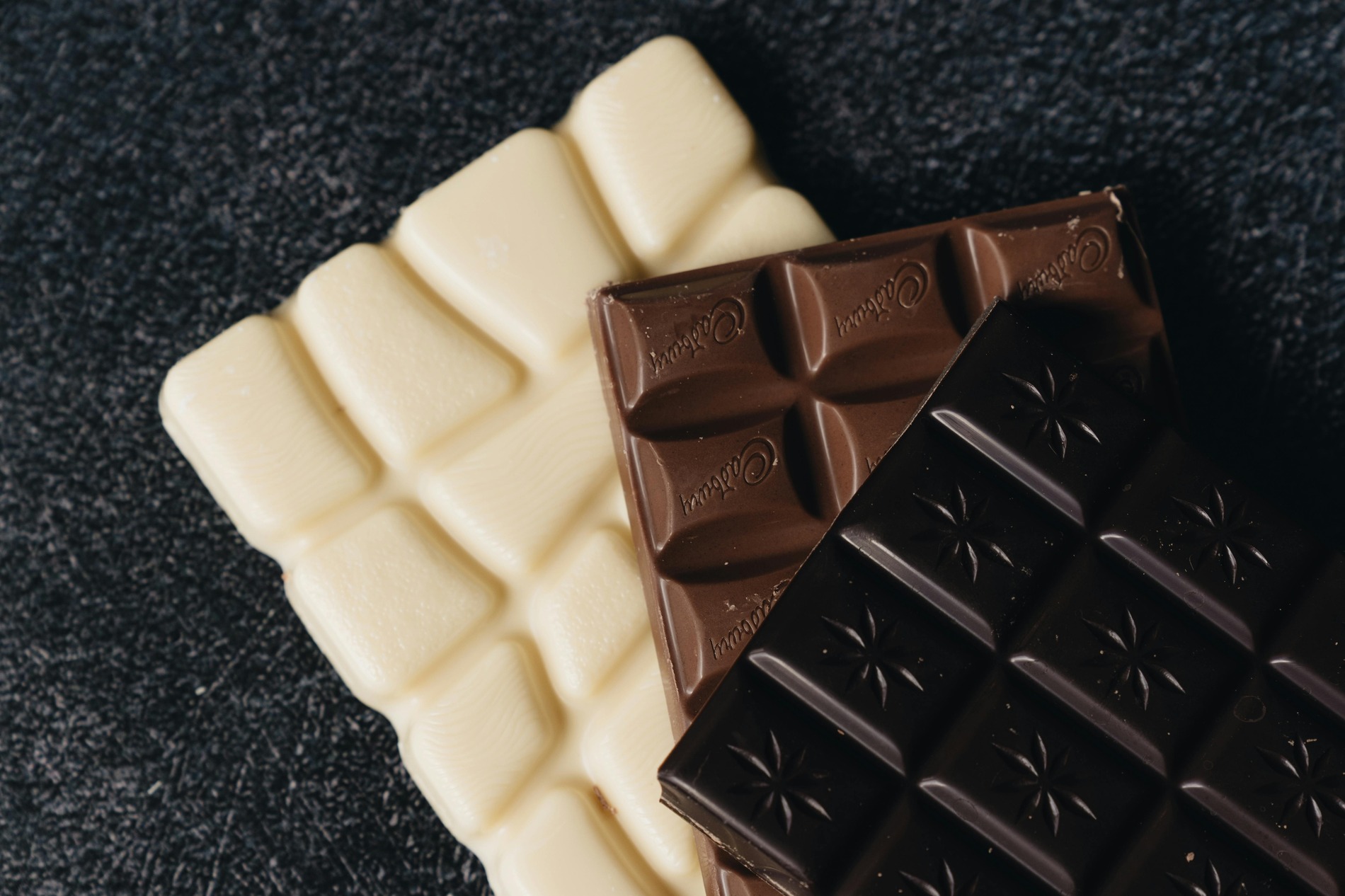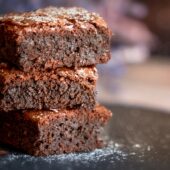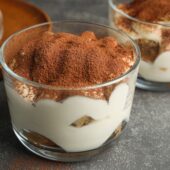
Dark vs. Milk vs. White Chocolate: Which One Reigns Supreme?
If there’s one thing we can all agree on, it’s that chocolate makes everything better. But when it comes to choosing the best type of chocolate for desserts, opinions can be divided. Are you a rich and intense dark chocolate fan, a creamy milk chocolate lover, or do you swear by the sweet, velvety goodness of white chocolate?
Let’s settle the debate once and for all by exploring what makes each type unique—and which one truly reigns supreme in the world of desserts.
Dark Chocolate: The Sophisticated Choice
Dark chocolate is bold, rich, and slightly bitter, with deep cocoa notes that make it a favorite among serious chocolate lovers. With less sugar and more cocoa solids, it packs a powerful punch that’s perfect for intense, complex desserts.
Best Uses in Desserts:
- Chocolate lava cake – That gooey, molten center is dark chocolate at its finest.
- Truffles – The bitterness balances out the sweetness of the filling.
- Brownies – For those who love a deep, fudgy chocolate flavor.
- Chocolate mousse – A silky and sophisticated delight.
Why You’ll Love It:
- Higher in antioxidants, making it the healthiest choice.
- Pairs beautifully with coffee, red wine, and even chili.
- Perfect for those who prefer less sweetness and more intensity.
Potential Downsides:
- Can be too bitter for those who prefer a sweeter taste.
- Doesn’t melt as smoothly as milk or white chocolate.
- Not always a favorite among kids.
Milk Chocolate: The Crowd-Pleaser
Milk chocolate is sweet, creamy, and perfectly balanced. Made with milk solids, cocoa butter, and sugar, it has a smooth texture and a sweetness that’s hard to resist.
Best Uses in Desserts:
- Chocolate chip cookies – The melty chocolate chunks make them irresistible.
- S’mores – Pairs perfectly with toasty marshmallows.
- Chocolate fondue – Ideal for dipping fruits and treats.
- Candy bars – The base of most classic chocolate bars.
Why You’ll Love It:
- Sweet, smooth, and creamy – a universally appealing choice.
- Melts beautifully, making it great for dipping and drizzling.
- A classic favorite—even picky eaters enjoy it.
Potential Downsides:
- Higher in sugar, making it less healthy than dark chocolate.
- Doesn’t have the depth and richness of dark chocolate.
- Can sometimes get overwhelmed by stronger dessert flavors.
White Chocolate: The Underdog with a Cult Following
Technically, white chocolate isn’t really chocolate—it doesn’t contain cocoa solids, only cocoa butter, sugar, and milk. This gives it a super creamy, buttery, and sweet flavor that some people love and others find too sweet.
Best Uses in Desserts:
- White chocolate raspberry cheesecake – The tangy berries balance the sweetness.
- Blondies – A vanilla-forward twist on brownies.
- Macadamia nut cookies – A classic, chewy delight.
- Hot chocolate – A creamy alternative to regular cocoa.
Why You’ll Love It:
- Super smooth and creamy – a dream for those who love sweet treats.
- Pairs beautifully with fruits, nuts, and spices like cinnamon.
- Adds a unique flavor that stands out in baked goods.
Potential Downsides:
- Extremely sweet – not ideal for those who prefer a richer, less sugary taste.
- Lacks the deep cocoa flavor of dark and milk chocolate.
- Some people don’t consider it “real” chocolate.
And the Winner Is…?
Honestly, it depends on what you love in a dessert. Here’s a quick recap:
- Go for dark chocolate if you love bold, rich, slightly bitter flavors and want something that pairs well with coffee or wine.
- Milk chocolate is your best bet if you want creamy, smooth, and sweet desserts that appeal to everyone.
- White chocolate is a winner for those who enjoy sweet, buttery flavors and unique dessert combinations.
In the end, why choose just one? Chocolate is meant to be enjoyed in all its glorious forms!




